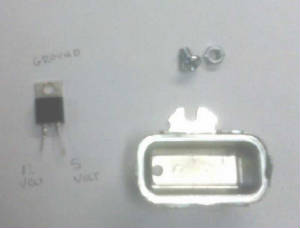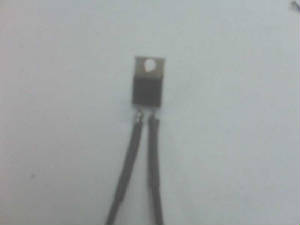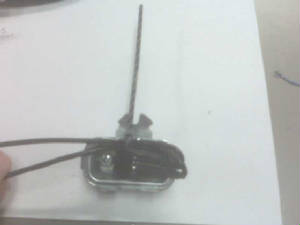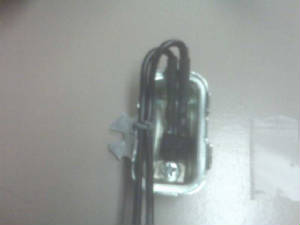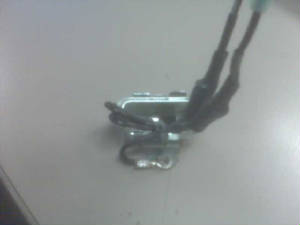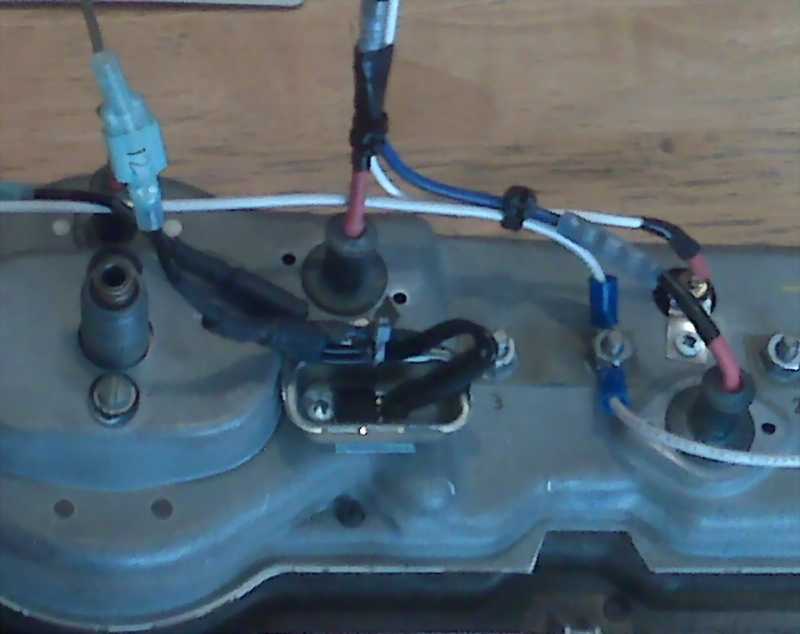|
Christophers 66 Mustang Restoration and Modification |
|
|
IVR
I plan on using this pre-made voltage regulator for my gas gauge and mounting it under the dash so I can
adjust it without removing the gauge cluster: http://www.dimensionengineering.com/DE-SWADJ.htm?gclid=COOa_tSLhKACFQkcawodTXabmQ |
|
|
I tested the
IVR and it put out a constant 4.98 volts DC all the way up to a 1 amp load. I will put an inline fuse (2 amps) in the
circuit in case there is a short. It will be accessible from under the dash. Hope this helps
you if you are looking to do a similar modification. I thought about putting everything inside the case but decided I
was not concerned about making it look original. The heat from the regulator also will be a problem for the capacitors 5 dollars in
parts from Radio Shack and it will hopefully last for the life of the car Wiring diagram for 66 gauges: http://hammar.dyndns.org/~djhamma/wiring/1966/66instr.jpg http://hammar.dyndns.org/~djhamma/wiring/1966/66inter1.jpg |
Here is a simple schematic of the circuit. Note the center leg and the tab are both common and used for grounding. I opted to use the tab as ground and cut the center leg off. I felt that the ground being so close to the 12 volt in and the 5 volt out could be a problem.
The old IVR was gutted and the case was used as a heat
sink for the voltage regulator. A small hole was drilled in the bottom to mount
the regulator. Note the 12 volt INPUT is on the left and the 5volt OUTPUT is on the right
20 gauge wire is soldered to each leg. Be careful to not
to get the legs to hot with the soldering iron. Use a small pair of needle nose as a heat sink on the leg near the body of
the regulator.
10.0µF 50V Axial-Lead Non-Polarized Capacitors are soldered to each
lead. The other end of the capacitors is soldered together and will be connected to the case which is ground. Heat shrink
tube is applied to all solder connections.
More shrink tubing
over the capacitors and a zip tie to hold the ground lead in place. Note the male and female spade connectors. The ground ring connector will mount to the screw
that holds the IVR in place on the instrument gauge.
|
|
|
|

